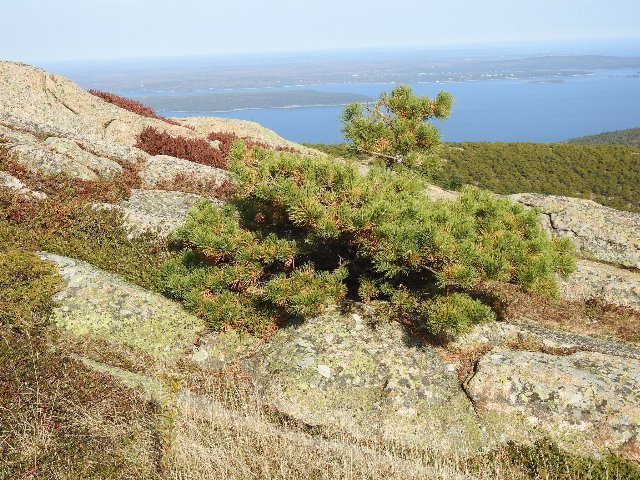Pitch Pine (Pinus rigida) vs. Loblolly Pine (Pinus taeda)
Updated February 4th, 2023These species have only a small range of overlap, but can be easily confused in this region. Both can have yellow-green needles in bundles of three, and both can occur in sandy soil. They are easily distinguished by differences in cones, sprouting, needle length, and form. P. rigida is usually found in dry, barren, fire-prone habitats such as rock outcroppings or excessively-drained sands, whereas P. taeda is most likely on moist, rich sites, and on poorly-drained sites. These two pines can hybridize in the wild, and hybrids are also planted in landscaping, so it may not be possible to identify all individuals.




